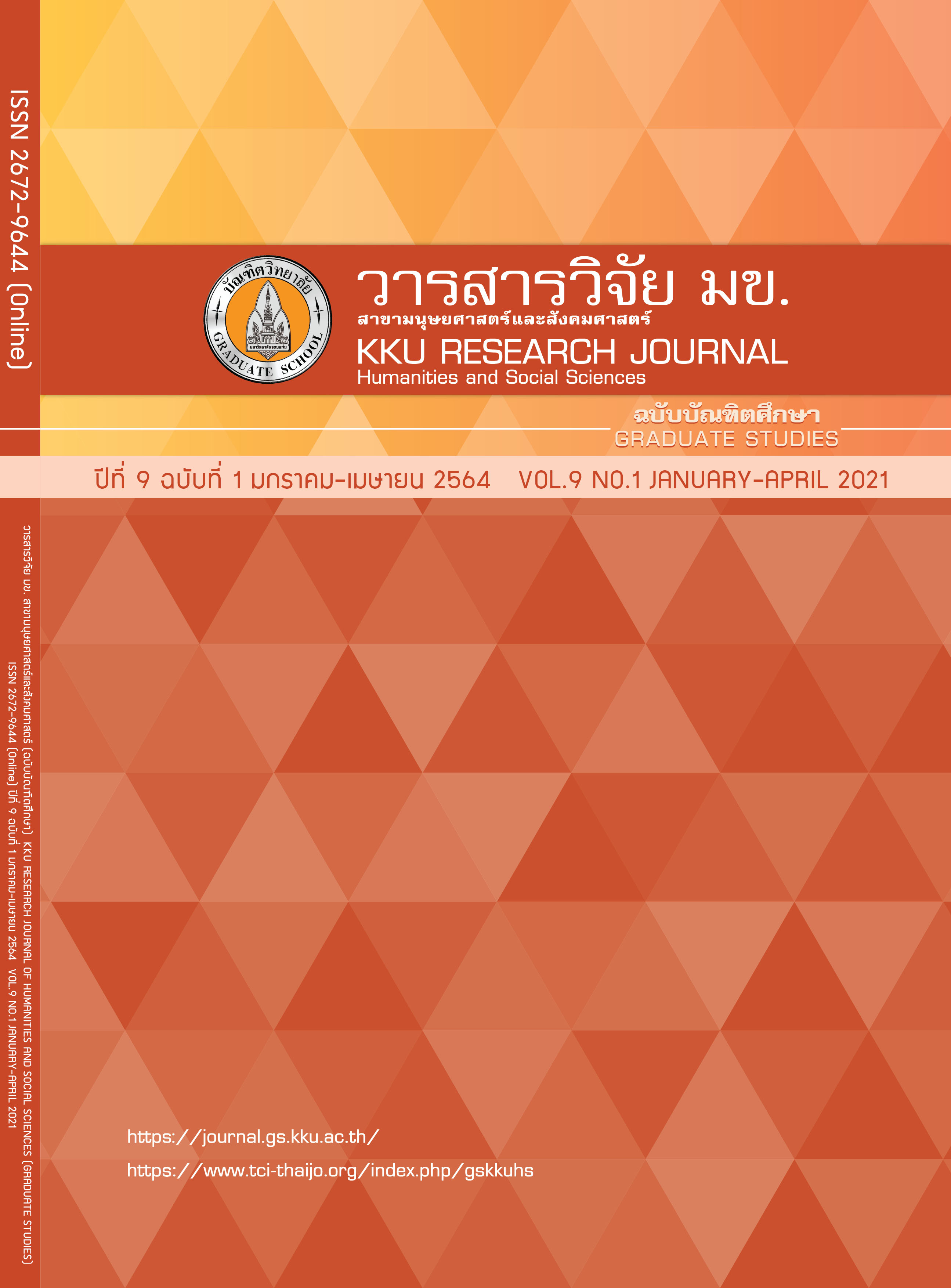An Approximation Approach for Valuing Reverse Mortgages in Thailand
Keywords:
Reverse mortgage, Annuity, Mortality tableAbstract
This paper investigates reverse mortgage in Thailand in terms of the mortgage’s principles, details and condition s for applying the reverse mortgage in Thailand. Additionally, the paper investigates the new way to calculate the annuity which will promote its popularity by using mortality table. We adopts the principle of actuarial present value to calculate present value of reverse mortgage in Thailand. We found that reverse mortgage is only available to the borrowers aged 60 and above, and those who have their own homes for living purposes, not for commercial. From our study, the potential size of demand is approximately 643,950 persons. The special characteristic of the loan is the steam of borrower’s income (bank payment) which might terminate when the borrowers age 85 and above. Also, this payment will stop when the existing loan balance is greater than that of the credit line. We can summarize that new way of calculation can make the yields increase by 26.51%. The study suggests banks and financial institutes the new approach of calculating reverse mortgage to improve both financial products and services.
References
Foundation of Thai Gerontology Research and Development Institute. Elderly 2016 [Internet]. 2018 [updated 2018 Jan 12; cited 2019 Jun 15]. Available from: http://thaitgri.org/?p=38427. Thai.
Anantakun A. Aging society: a challenge for Thai society [Internet]. 2015 [updated 2015 Jan 1; cited 2019 Jun 15]. Available from: http://www.royin.go.th/?p=17718. Thai.
National Statistical Office. The 2018 household socio-economic survey [Internet]. 2018 [updated 2018 Jan 12; cited 2019 Jun 15]. Available from: http://www.nso.go.th/sites/2014en
Dillingh R, Prast H, Rossi M, Brancati CU. Who wants to have their home and eat it too? Interest in reverse mortgages in the Netherlands. Journal of Housing Economics. 2017; 38 Dec: 25-37.
Nakajima M. Everything you always wanted to know about reverse mortgages but were afraid to ask. Business Review. 2012; (1): 19-31.
Lucas D. Hacking reverse mortgages. Cambridge (MA): MIT Center for Finance and Policy; 2015.
Li RYM, Tang B. Evolution of mortgage regulations in Asian countries. Proceedings of the 24th Annual European Real Estate Society Conference; 2017 June 28-July 1; Delft, Netherlands.
Asian Development Bank. Reverse mortgage for Thailand feasibility, risks, benefits, and implementation. Mandaluyong, Philippines: ADB; 2016.
Bowers NL, Gerber HV, Hickman JC, Jones DA, Nesbitt CJ. Actuarial mathematics. 2nd ed. Itasca (IL): Society of Actuaries; 1997.




